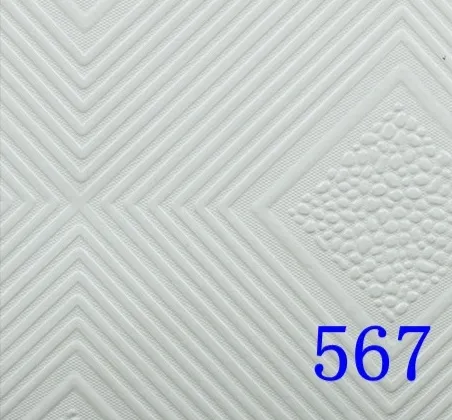Feb . 15, 2025 01:04 Back to list
ceiling service hatch
Ceiling service hatches, an often overlooked element in architectural design, serve as critical components in various residential and commercial buildings. These unassuming panels offer essential access to the space above ceilings, granting convenient admission to electrical, plumbing, or HVAC systems for maintenance or inspection. For anyone considering integrating ceiling service hatches into a building project, understanding their multifaceted benefits is crucial.
Installation of ceiling service hatches should always adhere to industry standards and best practices to ensure optimum functionality and safety. This often involves precise measurements and secure fittings by professional installers. Furthermore, integrating hatches seamlessly into a ceiling’s design requires careful planning to maintain the aesthetic appeal of the space. Experienced installation professionals can provide valuable input on hatch placement, size, and style that complements the architectural integrity of the building. Technological advancements continue to revolutionize ceiling service hatches, introducing features such as concealed locks, tamper-proof designs, and even smart hatches that can be remotely operated or monitored. These innovations not only enhance security but also offer additional convenience for users managing high-security or sensitive environments. Proper maintenance of ceiling service hatches is fundamental to prolonging their lifespan and ensuring they perform their intended function effectively. Regular inspections should be scheduled to check for signs of wear and tear, ensuring that any necessary repairs are addressed promptly. Professional services can offer maintenance packages that include routine checks and advice on any potential upgrades that may be beneficial as technology evolves. For stakeholders seeking to incorporate ceiling service hatches into their building designs, consulting with experts who can provide bespoke solutions is invaluable. This expert guidance can ensure that the selected hatches not only meet present needs but also future-proof against potential challenges. By considering factors such as ease of access, safety features, material durability, and technological capabilities, a well-informed choice can be made. In summation, ceiling service hatches are quintessential elements that contribute significantly to the functionality, safety, and maintenance efficiency of any building. By understanding their features, applications, and installation nuances, property developers, architects, and facility managers can make strategic decisions that enhance the overall value and performance of their endeavors. Embracing the forefront of hatch technology and professional expertise ensures a seamless integration that meets both current demands and anticipates future advancements in building management and safety protocols.


Installation of ceiling service hatches should always adhere to industry standards and best practices to ensure optimum functionality and safety. This often involves precise measurements and secure fittings by professional installers. Furthermore, integrating hatches seamlessly into a ceiling’s design requires careful planning to maintain the aesthetic appeal of the space. Experienced installation professionals can provide valuable input on hatch placement, size, and style that complements the architectural integrity of the building. Technological advancements continue to revolutionize ceiling service hatches, introducing features such as concealed locks, tamper-proof designs, and even smart hatches that can be remotely operated or monitored. These innovations not only enhance security but also offer additional convenience for users managing high-security or sensitive environments. Proper maintenance of ceiling service hatches is fundamental to prolonging their lifespan and ensuring they perform their intended function effectively. Regular inspections should be scheduled to check for signs of wear and tear, ensuring that any necessary repairs are addressed promptly. Professional services can offer maintenance packages that include routine checks and advice on any potential upgrades that may be beneficial as technology evolves. For stakeholders seeking to incorporate ceiling service hatches into their building designs, consulting with experts who can provide bespoke solutions is invaluable. This expert guidance can ensure that the selected hatches not only meet present needs but also future-proof against potential challenges. By considering factors such as ease of access, safety features, material durability, and technological capabilities, a well-informed choice can be made. In summation, ceiling service hatches are quintessential elements that contribute significantly to the functionality, safety, and maintenance efficiency of any building. By understanding their features, applications, and installation nuances, property developers, architects, and facility managers can make strategic decisions that enhance the overall value and performance of their endeavors. Embracing the forefront of hatch technology and professional expertise ensures a seamless integration that meets both current demands and anticipates future advancements in building management and safety protocols.
Latest news
-
Durable Ceiling T Grid Systems | Easy InstallationNewsAug.29,2025
-
PVC Gypsum Ceiling: Durable, Laminated Tiles for Modern SpacesNewsAug.28,2025
-
Pvc Gypsum Ceiling Is DurableNewsAug.21,2025
-
Mineral Fiber Board Is DurableNewsAug.21,2025
-
Ceiling Tile Clip Reusable DesignNewsAug.21,2025
-
Ceiling T Grid Modular DesignNewsAug.21,2025







